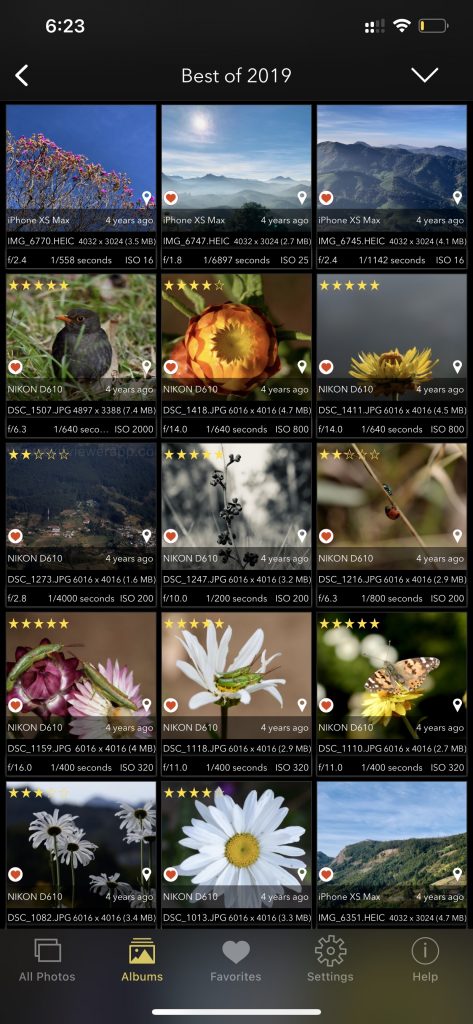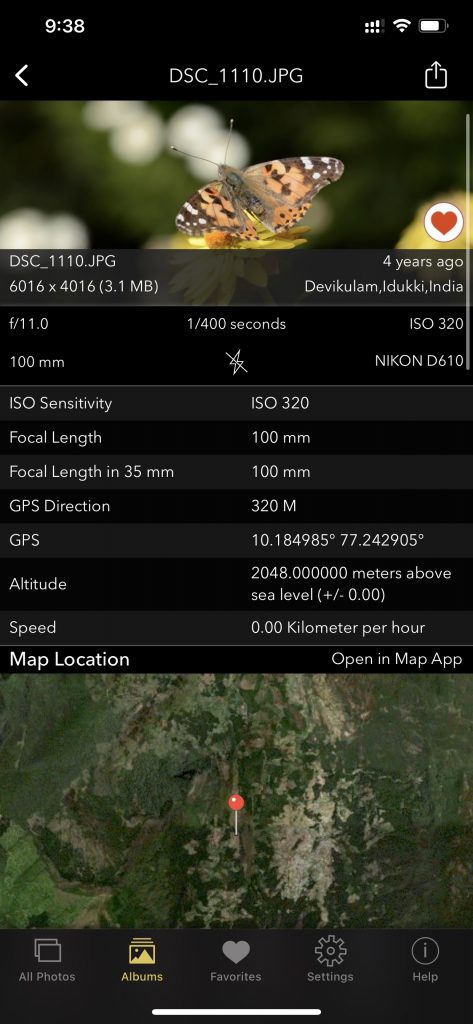India boasts a rich tapestry of wetlands, encompassing a wide range of ecosystems from mangrove forests and coastal marshes to inland lakes and river deltas. These wetlands serve as vital habitats for a diverse array of flora and fauna, supporting countless species and providing essential ecosystem services to local communities. Join us on a photographic journey as we explore the captivating beauty and ecological significance of Indian wetlands.
- Sundarbans Mangrove Forests: Located in the delta region of the Ganges, Brahmaputra, and Meghna rivers, the Sundarbans is the largest contiguous mangrove forest in the world and a UNESCO World Heritage Site. Photographers are drawn to its mystical landscape of tangled roots, winding waterways, and dense foliage, home to iconic species such as the Royal Bengal tiger, estuarine crocodiles, and numerous bird species including kingfishers and herons.
- Kuttanad Wetlands: Kuttanad is often referred to as the “Rice Bowl of Kerala” due to its vast paddy fields interspersed with backwaters and canals. This unique wetland ecosystem is located below sea level and is renowned for its traditional farming practices and scenic beauty.

- Chilika Lake: Situated on the eastern coast of India in the state of Odisha, Chilika Lake is Asia’s largest brackish water lagoon and a haven for migratory birds. During the winter months, the lake becomes a bustling avian paradise as thousands of waterfowl flock to its shores, including flamingos, pelicans, and spoonbills. Photographers can capture stunning shots of these birds in flight against the backdrop of the tranquil lagoon.
- Keoladeo National Park: Formerly known as Bharatpur Bird Sanctuary, Keoladeo National Park in Rajasthan is a UNESCO World Heritage Site renowned for its bird diversity. The park is home to over 370 species of birds, making it a mecca for birdwatchers and photographers alike. Visitors can explore the park’s marshes, woodlands, and grasslands, encountering species such as the painted stork, Siberian crane, and Indian sarus crane.
- Vembanad-Kol Wetland: Vembanad-Kol Wetland is the largest wetland system in Kerala, encompassing the Vembanad Lake, Ashtamudi Lake, and associated rivers, canals, and estuaries. It is a Ramsar site and supports a rich diversity of flora and fauna, including several species of migratory birds.
- Loktak Lake: Nestled in the northeastern state of Manipur, Loktak Lake is famous for its unique floating islands known as phumdis. These floating marshes are composed of decomposing vegetation and soil, providing habitat for diverse aquatic life including the endangered Manipur brow-antlered deer, known locally as the sangai. Photographers can capture the ethereal beauty of the lake at sunrise or sunset, with the phumdis casting long shadows across the tranquil waters.
- Rann of Kutch: The Rann of Kutch in Gujarat is a vast salt marsh known for its stark beauty and unique wildlife. During the monsoon season, the marshes transform into a shimmering expanse of water, attracting migratory birds such as flamingos, cranes, and pelicans. Photographers can capture dramatic images of these birds silhouetted against the expansive horizon, or explore the intricate patterns formed by salt crystals on the desert floor.
From the mangrove forests of the Sundarbans to the salt marshes of the Rann of Kutch, Indian wetlands are a treasure trove of natural wonders waiting to be explored and photographed. By venturing into these diverse ecosystems with a keen eye and a sense of wonder, photographers can capture the beauty and biodiversity of India’s wetlands while raising awareness about the importance of conserving these vital habitats for future generations.
READ MORE…
– Tips for Wetland Photographer
-Exploring Kerala’s Enchanting Wetlands: A Photographer’s Paradise
Get some information about the images you took using Camera:
MEET THE EXIF VIEWER BY FLUNTRO FOR PHOTOGRAPHERS
Featured App on U.S and Canada AppStore. Understanding the details behind a photograph is crucial for refining your photography skills.
EXIF Viewer by Fluntro app can provide comprehensive metadata, including camera settings, exposure details, and geolocation data, allowing you to analyze successful shots and identify areas for improvement. By dissecting the EXIF data, iPhone photography users can gain valuable insights into their shooting techniques, enabling them to make informed adjustments and elevate their photography prowess.
Appstore Link: – https://apps.apple.com/us/app/exif-viewer-by-fluntro/id944118456
- View EXIF Data: Quickly access the EXIF tags of your Photos and Videos, providing essential information about camera settings, location data, and more.
- Remove EXIF Data: Safeguard your privacy by easily removing EXIF metadata before sharing Photos and Videos on social media or other platforms.
- Edit EXIF Data: Modify incorrect details like date and time, ensuring accurate image information.
- Geolocation Details: Instantly view, remove and edit Geotagging – GPS location, GPS coordinates, altitude, and direction with advanced features.
- iOS and iCloud Integration: Access EXIF metadata across your iOS devices and iCloud seamlessly.
- Photo EXIF Tags: Discover essential EXIF data, including ISO, Shutter Speed, Focal Length, Camera Model, lens model, Aperture, Photo Keywords and more.
- Image Details: Access information such as image DPI, height, and width on your iPhone and iPad.
- High-Resolution Image Viewing: Seamlessly zoom in on high-resolution photos of up to 80 MB with exceptional clarity.
- Date Format Options: Customize date formats to your liking for a convenient viewing experience.
- Privacy Control: Effortlessly conceal photos without EXIF metadata for enhanced privacy.
- EXIF Viewer Photos Extension: Access EXIF data directly from the native Photos app or other third-party apps.
- Flexible Sharing: Easily share images with options to include or exclude EXIF metadata.
- Copy to Clipboard: Copy EXIF data to the clipboard for convenient sharing across multiple applications.
- Metadata Retention: Learn how the app retains EXIF metadata while sending photos through Mail, AirDrop, and other sharing methods.



Screenshot of EXIF Viewer App images showing 30+ exif metadata

To Download App:
- Visit the App Store on your iPhone or iPad.
- Search for “EXIF viewer by Fluntro“.
- Download and install the app. EXIF Viewer app allows you to View, Remove and Edit image and video metadata.
Checkout the preview video of Exif Viewer by Fluntro: